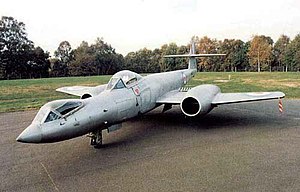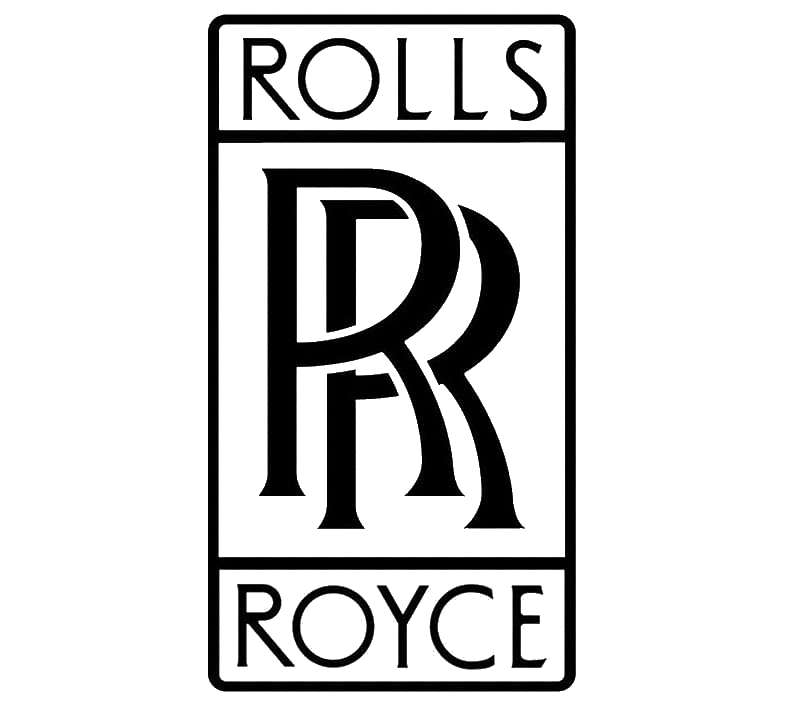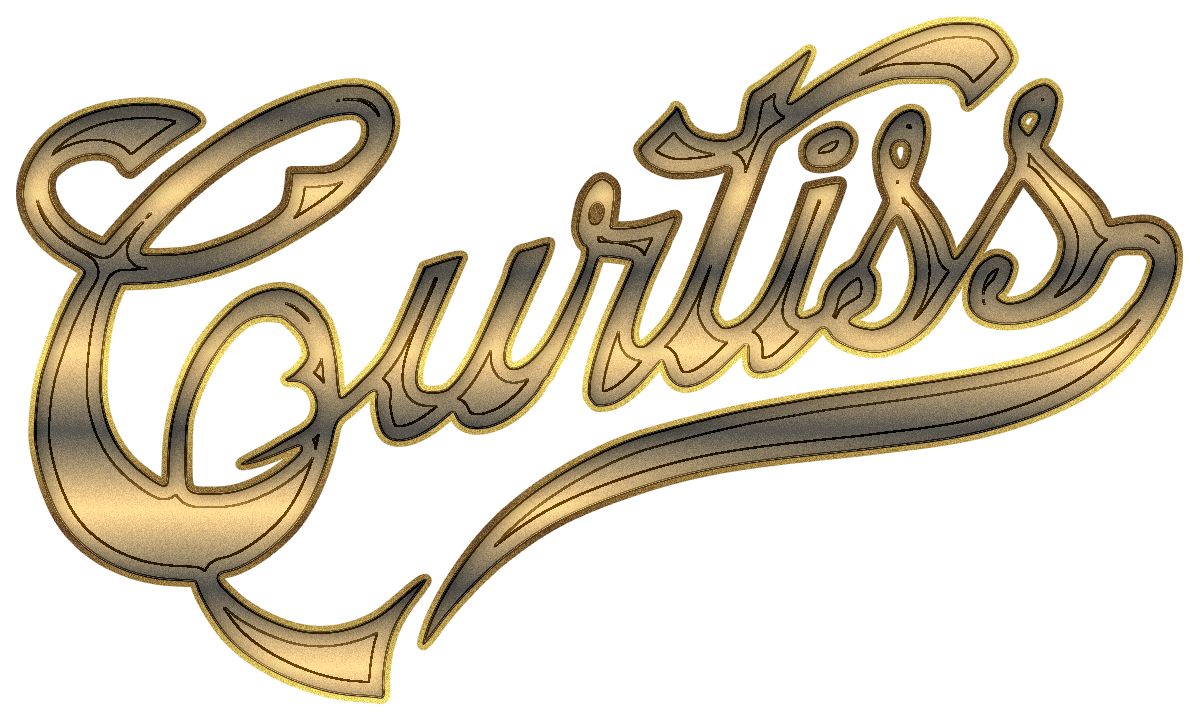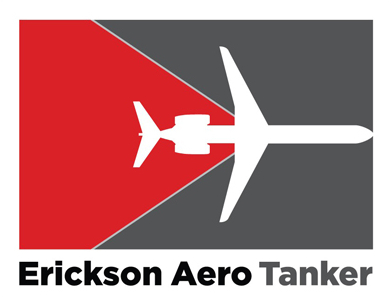Gloster Aviation
Gloster Meteor F.8Prone
 |
|
| Type | Fighter Gloster Meteor F8 |
|---|---|
| Manufacturer | Armstrong-Whitworth |
| Serial | WK935 |
| First flight | 10 February 1954 |
| Owners and operators | Royal Air Force |
| Fate | On display |
| Preserved at | Royal Air Force Museum Cosford |
.
History Gloster Aircraft Company
Gloster Meteor F.8 Prone Serial WK935
First flight 10 February 1954

The Gloster Meteor was the first British jet fighter and the Allies' only jet aircraft to engage in combat operations during the Second World War. The Meteor's development was heavily reliant on its ground-breaking turbojet engines, pioneered by Frank Whittle and his company, Power Jets Ltd. Development of the aircraft began in 1940, although work on the engines had been under way since 1936. The Meteor first flew in 1943 and commenced operations on 27 July 1944 with No. 616 Squadron RAF. The Meteor was not a sophisticated aircraft in its aerodynamics, but proved to be a successful combat fighter. Gloster's 1946 civil Meteor F.4 demonstrator G-AIDC was the first civilian-registered jet aircraft in the world.
Prototypes

In August 1940, Carter presented Gloster's initial proposals for a twin-engined jet fighter with a tricycle undercarriage. On 7 February 1941, Gloster received an order for twelve prototypes (later reduced to eight) under Specification F9/40.[20] A letter of intent for the production of 300 of the new fighter, initially to be named Thunderbolt, was issued on 21 June 1941; to avoid confusion with the USAAF Republic P-47 Thunderbolt which had been issued with the same name to the RAF in 1944, the aircraft's name was subsequently changed to Meteor.During the aircraft's secretive development, employees and officials made use of the codenameRampage to refer to the Meteor, as similarly the de Havilland Vampire would initially be referred to as the Spider Crab. Test locations and other key project information were also kept secret.[..
Testing and evaluation

Following some 55 hours of flight testing over 99 flights, the results were inconclusive; although the prone position concept was feasible, the development of special aviation clothing (g-suits) offered a simpler solution to the problem of counteracting inertial forces, and the prone position Meteor was no longer needed. Although prone pilots were able to control the aircraft as well as a standard Meteor, the extreme forward position with limited rear view presented a problem in mock combat with conventional aircraft. RAF test pilot C.M. Lambert described flying Meteor WK935 in the 30 March 1956 issue of Flight magazine.
0
KmCeiling
0
KmCombat RANGE
0
Km/hAircraft Speed
0
Max Crew
Photo Gallery
Gloster Aircraft Company
Gloster Meteor F.8 Prone Serial WK935
First flight 10 February 1954


Gloster Aircraft Company
Gloster Meteor F.1 Serial WK935
First flight 10 February 1954
General Info
-
-
- Crew: 2
- Length: 52 ft 5 in (15.98 m)
- Wingspan: 37 ft 2 in (11.33 m)
- Height: 13 ft 0 in (3.96 m)
- Wing area: 350 sq ft (33 m2)
-
-
Powerplant
-
-
- Empty weight: 10,684 lb (4,846 kg)
- Gross weight: 15,700 lb (7,121 kg)
- Powerplant: 2 × Rolls-Royce Derwent 8 centrifugal flow turbojet engine, 3,600 lbf (16 kN) thrust each
-
Performance
-
- Maximum speed: 600 mph (970 km/h, 520 kn) at 10,000 ft (3,000 m)
- Maximum speed: Mach 0.82
- Range: 600 mi (970 km, 520 nmi)
- Service ceiling: 43,000 ft (13,000 m)
- Rate of climb: 7,000 ft/min (36 m/s)
- Time to altitude: (9,100 m) in 5 Min
Aircraft ofcomparable role
Links to Youtube & Others
To replace the increasingly obsolete de Havilland Mosquito as a night fighter, the Meteor was adapted to serve in the role as an interim aircraft. Gloster had initially proposed a night fighter.
Glostor Aviation
Gloster Meteor Prone
During development, sceptical elements of the Air Ministry had expected mature piston-powered aircraft types to exceed the capabilities of the Meteor in all respects except that of speed;.
Youtube Link
The Meteor F.1 was powered by two Rolls-Royce Welland turbojet engines, Britain's first production jet engines, which were built under licence from Whittle's designs.












.svg.png)